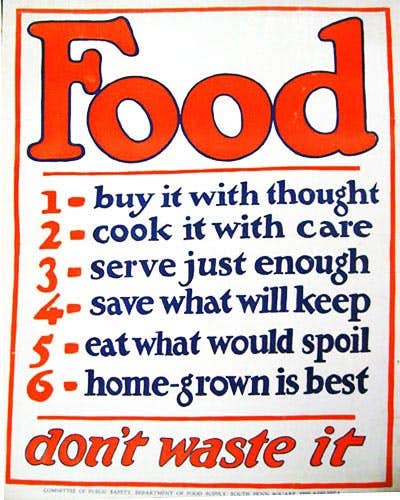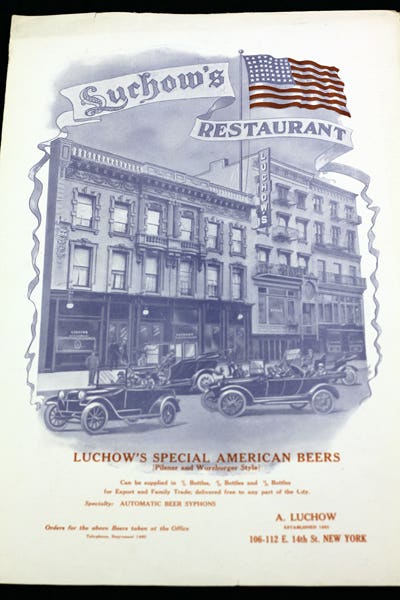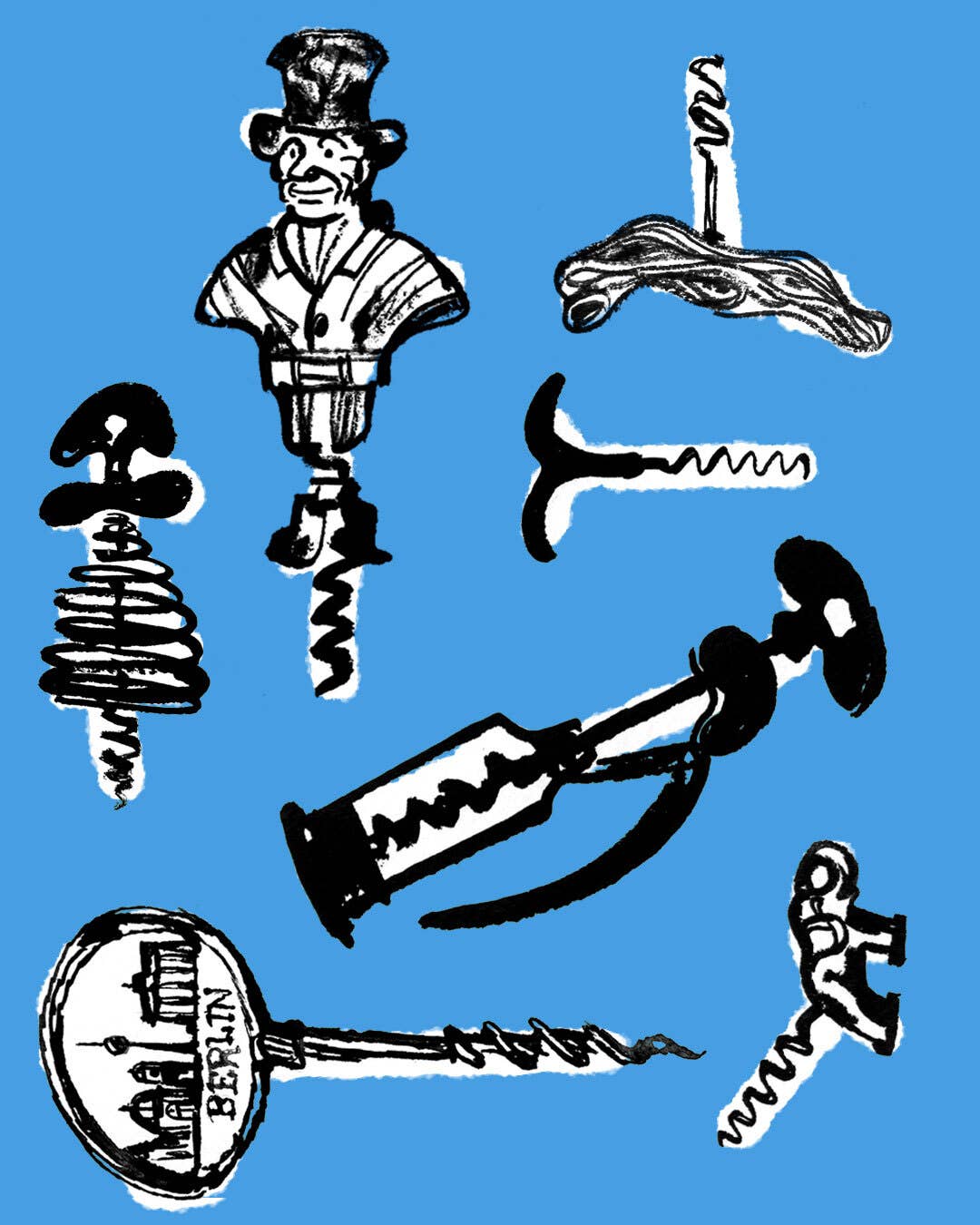
Meatless Mondays and Beefless Tuesdays
Oprah's on board. So are Yoko, Gwyneth, and even John Tesh. They, and many others, have signed on to participate in Meatless Mondays, the carnivore's Sabbath. In doing so, they are following in the footsteps of Herbert Hoover who, as Woodrow Wilson's U.S. Food Administrator (1917-1919) was in charge of voluntary food rationing during World War I*. Hoover, with his Beefless Tuesdays, is credited with introducing meatless weekdays to the nation's calendar.
Today's Meatless Monday promotes a meat-free weekday in order to reduce saturated fat intake and lessen the environmental impact of a meat-heavy diet. That wasn't the case in Hoover's time. Beefless Tuesdays were about foregoing meat to ensure enough for our soldiers and Allied Forces during a period of limited food supply. The U.S. entered World War I in April, 1917, and Hoover announced voluntary Beefless Tuesdays shortly thereafter.
By October of that year, the New York Times reported that many hotel associations, restaurant organizations, and other public dining areas agreed to make every Tuesday beefless (no beef, lamb, or pork for most establishments) for the duration of the war. Newspapers all over the country, from the Wall Street Journal to the Los Angeles Times documented this nationwide call to action in order to conserve food to help feed both soldiers overseas and Allied troops and civilians experiencing major food shortages.

The Meatless Mondays campaign, which was launched in 2003 by the Monday Campaigns, in association with Johns Hopkins' Bloomberg School of Public Health, has gained a lot of momentum recently. Even lardo-positive restaurateur and chef Mario Batali has Meatless Monday Menus (MMM!) at his fourteen restaurants. The menus include two vegetarian entrees every Monday, along with the regular offerings.
Restaurants are not the only change agents. The Baltimore City School District was the first in the country to implement Meatless Mondays in all of its lunchrooms, prompting the Baltimore Sun to call the movement a "minor revolution, in the form of cheese lasagna."
As Augustus Nulle, the chief steward of the Waldorf-Astoria in 1917, told the New York Times, "...The chief benefit of the beefless day, it seems to me, is that it gives us a definite thing to do — points out a way in which we must all save. And when it is made specific like that, everyone is glad to do it."
UPDATE: Thanks to those readers who correctly point to the Catholic practice of abstaining from meat on Fridays as one of the longest-standing meat-free days. Many Catholics avoid meat on Fridays to pay respect to the memory of Christ who died on that day of the week.
*Herbert Hoover was also involved in mandatory rationing efforts during World War II as the head of the Famine Emergency Committee under President Truman. _
The New York Public Library has a selection of menus, largely from New York's Biltmore Room (as seen here), which clearly demonstrate the ration effort on the restaurant dining room. The arresting online exhibition of War-Era food posters from the National Agriculture Library is another example of these conservation movements. Amy Bentley's Eating for Victory: Food Rationing and the Politics of Domesticity (University of Illinois, 1998) is a wonderful resource for information about World War II's rationing programs. These posters are part of Special Collections at the National Agricultural Library.
Rebecca Federman is a librarian at the New York Public Library and the author behind the blog Cooked Books._ _
Keep Reading
Continue to Next Story










